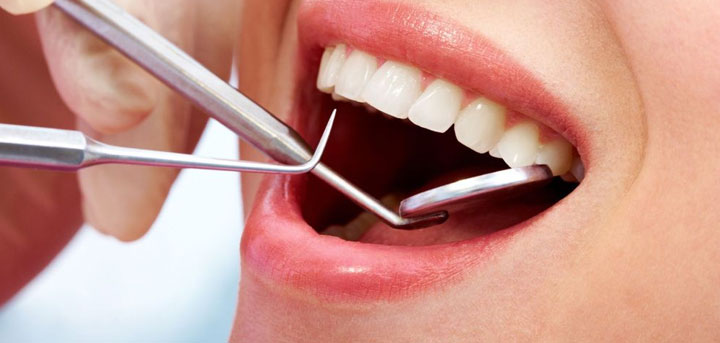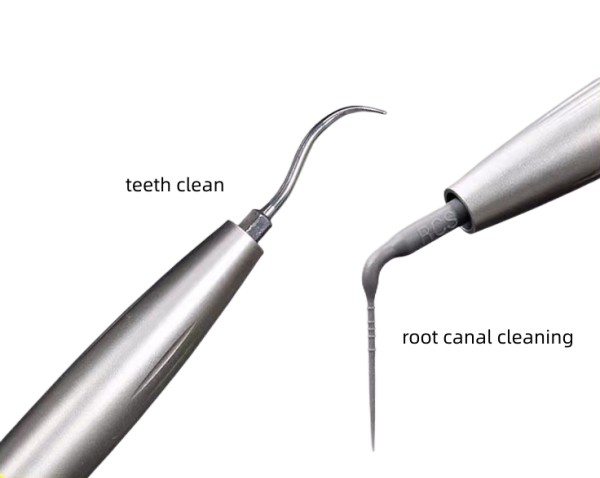Oral Hygiene - The Foundation of Dental Esthetics
Cosmetic Dentistry & Dental Aesthetics
There is a difference between cosmetic dentistry and dental aesthetics. The purpose of cosmetic dentistry is to improve the appearance of a single or multiple teeth, while the purpose of dental aesthetics is to eliminate oral diseases, restore or improve oral function, and finally improve the overall appearance by restoring the teeth to their natural state.
There are three pillars of dental aesthetics: 1. Oral health, 2. Normal function, and 3. Aesthetics.
Aesthetics of white and pink
White refers to the hard tissue of the tooth, and pink refers to the soft tissue surrounding the tooth. These two colors embody optimal aesthetic healing, and it is the shape and proportion between the two that create a harmonious smile.
Pink aesthetic treatments can sometimes be invasive and include gingivectomy, crown lengthening, and gum grafting. However, with routine care, acceptable pink aesthetics can be achieved through prevention and improved oral hygiene practices.
Periodontal disease and dental aesthetics
As mentioned earlier, oral health is a prerequisite for dental aesthetics. Bleeding gums are the main hallmark of periodontal disease and a contraindication to dental aesthetics. Periodontal disease needs to be treated before starting any aesthetic treatment.
One of the goals of periodontal treatment is to restore the soft tissues (pink esthetics) to a healthy state, as a result, the shape and volume of the soft tissues will change. If any esthetic treatment is started before the patient's periodontal condition has stabilized, undesired results such as sharp margins, hard-to-soft tissue disproportion, and even tooth loss may occur.
Precaution
Despite the complexities of the case, prevention is the cornerstone of dental aesthetics.
First, good oral hygiene is a prerequisite for any aesthetic treatment. Second, healthy soft tissue is the starting point for pre-planning in order to achieve the best results. Third, the patient's ability to maintain good oral hygiene habits during, before and after aesthetic treatment determines whether long-term successful results can be achieved.
The most basic approach is to create a care plan based on individual needs and preferences, focusing on why and how to mechanically remove tartar, developing patient awareness and providing guidance accordingly. Dental professionals should instruct patients in the selection of the correct toothbrush, inter dental brushes and, in some cases, specialty toothbrushes. In addition, professionals should explain the correct method of use to users.
Clinical advice
Use an ultrasonic scaler or air scaler to clean your teeth regularly


